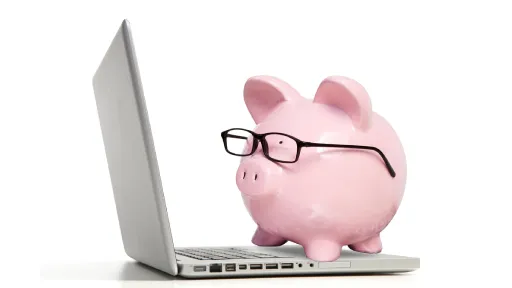Cash out refinance explained is becoming increasingly vital in today’s financial landscape, offering homeowners a strategic way to leverage their home’s equity for cash. With fluctuating interest rates and rising home values, understanding this financial tool can empower individuals to manage debt, invest, or handle large expenses efficiently.
What is Cash Out Refinance Explained?
Cash out refinance is a refinancing mortgage option that allows homeowners to replace their existing mortgage with a new loan for more than they owe, taking the difference in cash. Simply put, it’s a way to convert home equity into liquid funds. This option differs from a traditional refinance because it provides more than just a better interest rate—it unlocks cash for the homeowner.
How Does Cash Out Refinance Work?
When homeowners opt for a cash out refinance, they apply for a new mortgage that pays off their current one and adds additional funds based on their home’s equity. The lender assesses the home’s value and determines the maximum loan amount, which typically should not exceed 80% of the home’s appraised value.
- Example: If a home is valued at $300,000, 80% of this is $240,000.
- If the homeowner owes $150,000 on their existing mortgage, they can refinance for $240,000 and receive $90,000 in cash ($240,000 – $150,000).
Benefits of Cash Out Refinance Explained
Understanding the advantages of cash out refinance can help homeowners decide if it’s the right choice. Here are the key benefits:
- Lower Interest Rates: Because you’re refinancing your mortgage, you may be able to secure a lower interest rate compared to other types of loans.
- Debt Consolidation: Using cash to pay off high-interest debt like credit cards can improve your overall financial health.
- Home Improvement: Using cash from equity to invest in home renovations can increase the property’s value.
- Tax Benefits: Interest on the new loan might be tax-deductible if used for home improvements (consult a tax advisor).
- Flexible Use of Funds: The cash can be used for anything—from education expenses to emergency funds.
Who Should Consider a Cash Out Refinance?
Though attractive, this financial move isn’t for everyone. Here’s who might benefit most:
- Homeowners with significant equity (typically 20% or more)
- Those with refinancing options that offer lower or comparable interest rates
- Individuals who want to consolidate higher-interest debts
- People planning major home improvements or investments that add value
Risks and Considerations in Cash Out Refinance Explained
Before moving forward, it’s important to weigh the potential downsides:
- Increased Mortgage Balance: You’ll owe more on the home, which could mean higher monthly payments.
- Closing Costs: Refinancing involves fees that can range from 2% to 5% of the loan amount.
- Market Risk: If home values decline, you could end up owing more than your home is worth.
- Longer Loan Term: You may be extending your mortgage timeline and paying more interest over time.
Steps to Take Before Applying
To maximize the benefits of cash out refinance, prepare with the following steps:
- Check your credit score and improve it if necessary
- Evaluate your home’s current market value
- Compare offers from multiple lenders for best rates and terms
- Calculate how much cash you truly need and how it will be used
- Consult a financial advisor or mortgage expert to understand implications
Conclusion: Cash Out Refinance Explained
In summary, cash out refinance explained serves as a powerful financial tool that can help homeowners unlock the value of their property to meet diverse financial goals. However, it requires careful consideration of costs, risks, and personal financial circumstances. When used thoughtfully, it can provide flexibility and improve wealth-building strategies in today’s dynamic financial environment.


